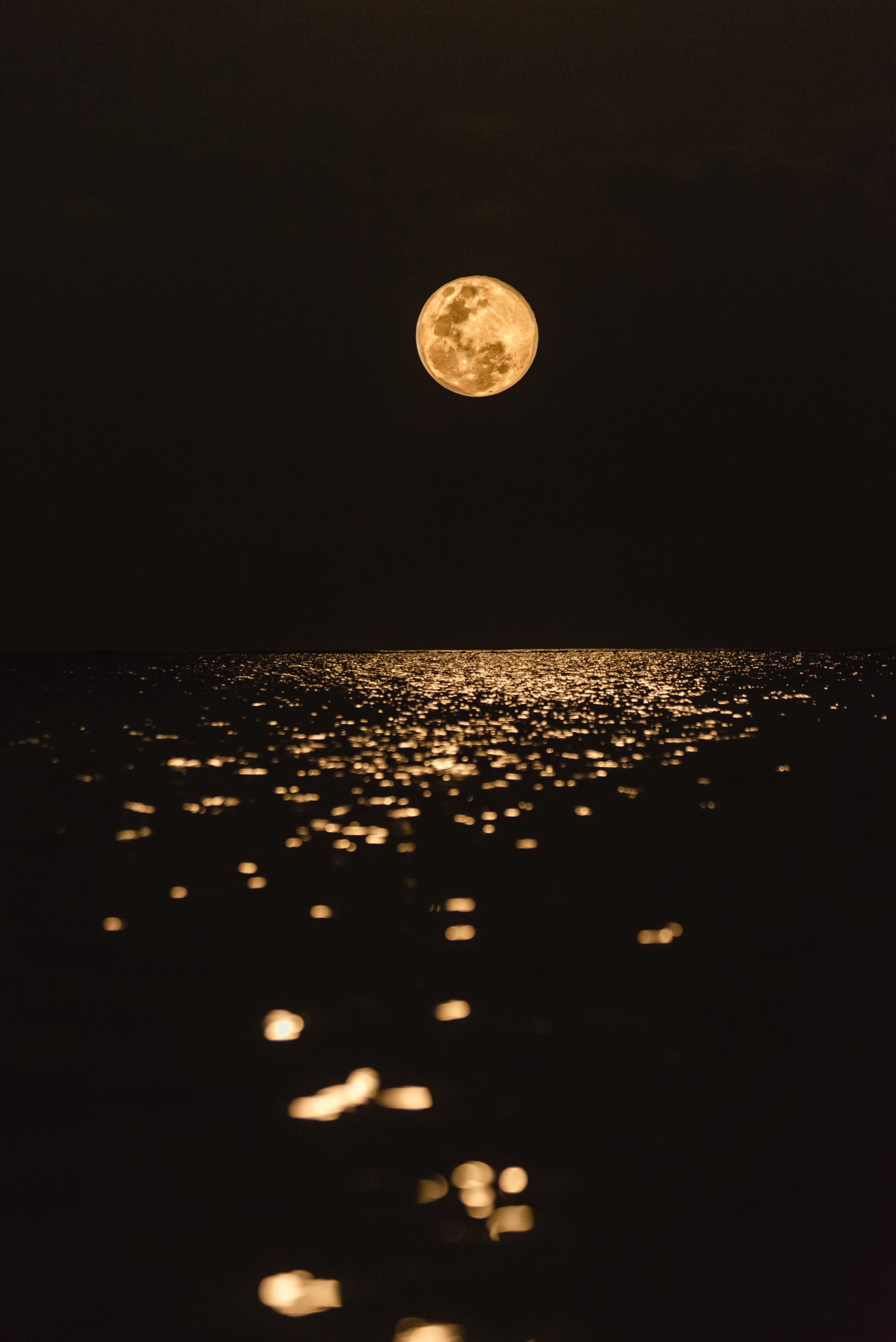How Tarot Works: Unveiling the Mysteries of the Cards
For centuries, tarot cards have captivated and intrigued seekers of wisdom and guidance. The art of tarot reading has been shrouded in mysticism and magic, with many wondering how these decks of cards can provide profound insights into the human condition and the future. In this article, we will explore the fascinating world of tarot and uncover the mechanisms behind its workings.
The Origins of Tarot
The exact origins of tarot cards are uncertain, but they are believed to have emerged in Europe during the late 14th or early 15th century. Originally, tarot decks were used for playing card games, similar to traditional playing cards, but with added symbolic imagery. Eventually, tarot cards began to be used for divination and fortune-telling purposes, sparking the mystical associations we have with them today.
The Structure of a Tarot Deck
A standard tarot deck consists of 78 cards, divided into two main groups: the Major Arcana and the Minor Arcana. The Major Arcana contains 22 cards, each representing a significant archetype or life experience. These cards, including ‘The Fool,’ ‘The Magician,’ and ‘Justice,’ hold great symbolic and representational power.
The Minor Arcana comprises the remaining 56 cards, which are further categorized into four suits: Cups, Swords, Wands, and Pentacles (or Coins). Each suit represents a different aspect of life, emotions, intellect, passion, and material concerns, respectively. Within each suit, there are ten numbered cards and four court cards (Page, Knight, Queen, and King).
Interpreting Tarot Cards
When conducting a tarot reading, the reader or intuitive practitioner will shuffle the deck while concentrating on the question or situation being explored. Once the cards are shuffled, the reader will lay them out in a specific pattern or spread that corresponds to a particular reading style.
There are countless tarot spreads, ranging from simple three-card spreads to more complex ones like the Celtic Cross. Each spread provides a framework for interpreting the cards and understanding their meanings within the context of the reading.
Understanding Card Meanings
While every tarot card holds its own symbolism and interpretation, it is crucial to recognize that card meanings can vary between different decks and readers. However, there are commonly accepted interpretations rooted in traditional symbolism and archetypal associations. A few examples include:
| Card | Meaning |
|---|---|
| The Fool | Beginnings, spontaneity, innocence |
| Death | Transformation, endings, new beginnings |
| The Lovers | Love, unity, choices, partnerships |
These meanings serve as a foundation, but it’s essential for each reader to develop their own connection and understanding of the cards. Intuition plays a significant role in interpreting tarot cards, as well as the ability to read the cards in relation to the surrounding cards within the spread.
The Role of Intuition
One of the most intriguing aspects of tarot is the connection between the cards and the intuitive abilities of the reader. Intuition allows the reader to tap into the collective unconscious or divine guidance when interpreting the cards.
While the cards themselves possess inherent symbolism, it is through the intuition of the reader that these symbols are woven together into a coherent narrative. This intuitive process adds depth and personalization to the reading, allowing the reader to provide unique insights based on their own experiences and perspectives.
Using Tarot for Self-Reflection and Guidance
While many seek tarot readings for predictions of the future, it’s important to remember that tarot is not a fortune-telling tool set in stone. Rather, tarot serves as a mirror reflecting our inner thoughts, emotions, and energies.
A tarot reading can provide guidance, perspectives, and potential outcomes, but we always retain the power to shape our own destinies. Tarot allows us to access our subconscious minds, gain clarity, and make informed decisions, ultimately empowering us to navigate through life’s uncertainties.
In Conclusion
Tarot is a powerful tool for self-reflection, introspection, and seeking guidance. Its ancient and mystical origins, combined with the reader’s intuition, create a unique experience with the cards. Through the interpretation of symbols and archetypes, tarot readings offer insights into past, present, and future events while reminding us of our innate ability to shape our own lives.
Whether you view tarot as a divinatory practice, a psychological tool, or a combination of both, it has undeniable value in promoting self-awareness, personal growth, and spiritual development.
So, pick up a tarot deck, explore its imagery, and embark on a journey to unlock the secrets within. Let the cards guide you towards a deeper understanding of yourself and the world around you.
Table of Contents
